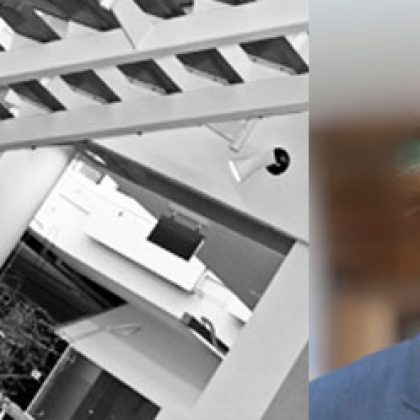Resilience Frontiers 2017
From the 20th – 23rd August, Stockholm became the capital of Global Sustainability as it hosted more than 1000 experts from around the world at Resilience 2017, an international science conference on Resilience Frontiers for Global Sustainability. This was the fourth of the triennial conference series, organized in partnership with the Resilience Alliance since 2008, and the second such conference organized by the Stockholm Resilience Centre.
Professor Katrina Brown, University of Exeter, and Professor Carl Folke, Stockholm Resilience Centre Science Director opened the week reflecting on the progress that has been made in Resilience Science and its new frontiers. Folke started by introducing the concept of Resilience thinking: “Resilience is about having the capacity to live the change. To continue to develop with ever-changing environments” , as well as having “the capacity to deal with complexity through uncertainty”.
Katrina talked about the 6Ps approach to Social-Ecological Systems: “People, Poverty, Power, Place, Practice and Perspective taking – this means connecting people and the biosphere”. Brown added that “Empathy may provide a basis for overcoming the conventional dualism between humans and nature, and potentially encourage a sort of more independent mode of engagement with the environment”.
The conference was an opportunity for scholars to meet and engage with policies, business and practice. This edition was organized around 5 themes: Social-ecological transformations for sustainability; Connectivity and cross-scale dynamics in the Anthropocene; Multi-level governance and biosphere stewardship; Approaches and methods for understanding social-ecological system dynamics; and Cross-cutting perspectives on resilience.
The parallel panels presented an incredible diversity of approaches, as proposed by Brown: “To fully comprehend the issues of people’s attachment to place, their perception of change, their agency to take action and their motivation to change or to transform it is important that we use a very full range of disciplinary perspectives and innovative methods.”
Since we are talking about new methods, Resilience 2017 highlighted the collaboration between arts and science and how they could strengthen each other through common skills. An example of this message could be seen in the entrance hall to the main auditorium of the Stockholm WaterFront Conference Centre. On display was a sculpture by the Norwegian Tone Bjordam, inspired by Folke’s diagram on the dependence relation of the economy and society on nature (image 1).
In the sculpture, Tone represents the relationship between the economy and society on nature as two disks and a sphere linked by wires. The disk representing nature was holding the other two shapes that represented society and economy. “If you “cut the wires” that keeps the balance of nature, everything falls apart. The whole system collapses”, explains Tone (images 2 and 3).

Language and communication were mentioned several times throughout the conference as a key factor to achieve the goals, as well as approaching feminism, religion and culture (take a look at Sustainability through an ecolinguistic lens and Theorizing Change – Mapping the Stakeholders’ Perspectives).
Two other significant presentations were Making a space for emotions and The drama of Resilience. In the first, Yiheyis Maru reflected on the role of feelings in scientific methods around transformation and the adaptation processes, “Change doesn’t flow from logic alone; emotions and relationships move people to change”.
In The drama of resilience: Learning from participatory theatre, Katrina Brown discussed “what community and participatory theatre can bring to resilience science and development.” Furthermore, the use of participatory drama and transformative theatre – including the Forum Theatre – to understand the sources of risk and resilience with coastal communities.
Closing the week, Stockholm Resilience Centre Director Johan Rockström concluded that the conference had taken a leap for the deep integration of social and natural sciences, and that we may now speak of a new discipline – World Earth Resilience – global sustainability science with a resilience framework that is truly about integrating the world and the earth.






